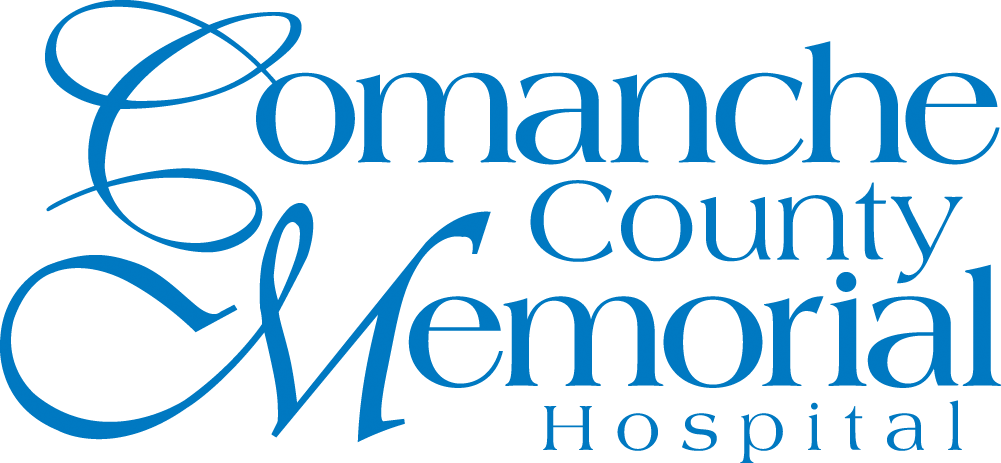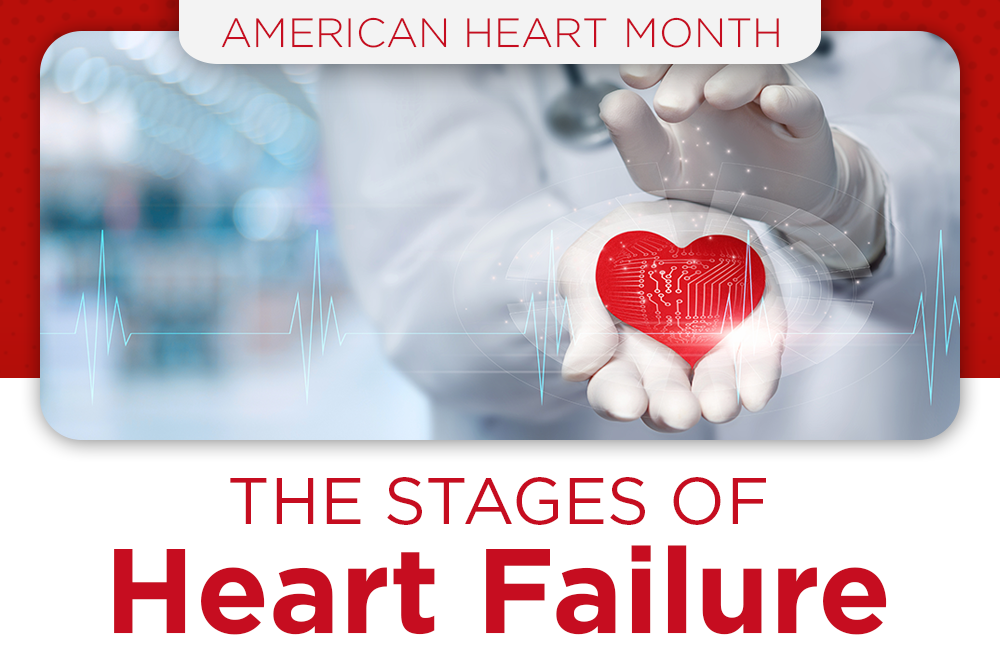The Stages of Heart Failure
Heart failure is something that strikes fear in adults, but this American Heart Month, we are working to bring awareness and understanding of just what heart failure is and how you can reduce risk as well as learn to live within the stages of heart failure.
When the heart loses its ability to pump enough blood to supply the body’s needs or gets injured from a heart attack or high blood pressure, it can cause the progressive condition of heart failure. Heart failure doesn’t develop overnight, it is a disease that starts slowly and gets worse over time as it progresses through stages.
What are the 4 Stages?
A commonly used classification system for heart failure was developed by the American College of Cardiology (ACC) and the American Heart Association (AHA).
Listed below are the ACC/AHA Stages of Heart Failure:
Stage A: At high risk for heart failure but without structural heart disease or symptoms of heart failure.
Stage B: Structural heart disease but without signs or symptoms of heart failure.
Stage C: Structural heart disease with prior or current symptoms of heart failure.
Stage D: Refractory heart failure requiring specialized interventions.
Another frequently used classification system by The New York Heart Association is listed below:
Class 1: Cardiac disease, but no symptoms and no limitation in ordinary physical activity.
Class 2: Mild symptoms and slight limitation during ordinary activity.
Class 3: Significant limitation in activity due to symptoms, comfortable only at rest.
Class 4: Severe limitations and symptoms even while at rest.
How is Heart Failure Measured?
If a patient is concerned about their heart health, there are several ways a doctor can check for any risk factors. Heart failure can be diagnosed through a careful medical history, a review of symptoms, and by conducting the following tests:
- Blood tests
- Electrocardiogram (ECG)
- Echocardiogram
- Stress Test
- Cardiac computerized tomography (CT) scan
- Magnetic resonance imaging (MRI)
- Coronary angiogram
- Myocardial biopsy
Living with Heart Failure
Being diagnosed with heart failure can be scary but you and your doctor will work together on management and treatment plans. There are several things that patients can do to alleviate heart failure symptoms, slow the progression, and improve their everyday lives such as:
- Quit smoking
- Maintain or lose weight
- Track daily fluid intake
- Avoid or limit alcohol and caffeine
- Eat a heart-healthy diet
- Stay active
- Manage stress
- Monitor blood pressure and track symptoms
If you or a loved one are having heart problems, contact CCMH’s Heart and Vascular Center at 580-250-4278. CCMH is proud to provide the largest and most comprehensive heart program in Southwest Oklahoma where you can receive advanced cardiac procedures as well as treatment for heart conditions. Learn more about CCMH’s Heart and Vascular Center.
Resources:
https://www.mayoclinic.org/diseases-conditions/heart-failure/diagnosis-treatment/drc-20373148
Disclaimer
The Comanche County Memorial Hospital website does not provide specific medical advice for individual cases. Comanche County Memorial Hospital does not endorse any medical or professional services obtained through information provided on this site, articles on the site or any links on this site.
Use of the information obtained by the Comanche County Memorial Hospital website does not replace medical advice given by a qualified medical provider to meet the medical needs of our readers or others.
While content is frequently updated, medical information changes quickly. Information may be out of date, and/or contain inaccuracies or typographical errors. For questions or concerns, please contact us at contact@ccmhhealth.com.

